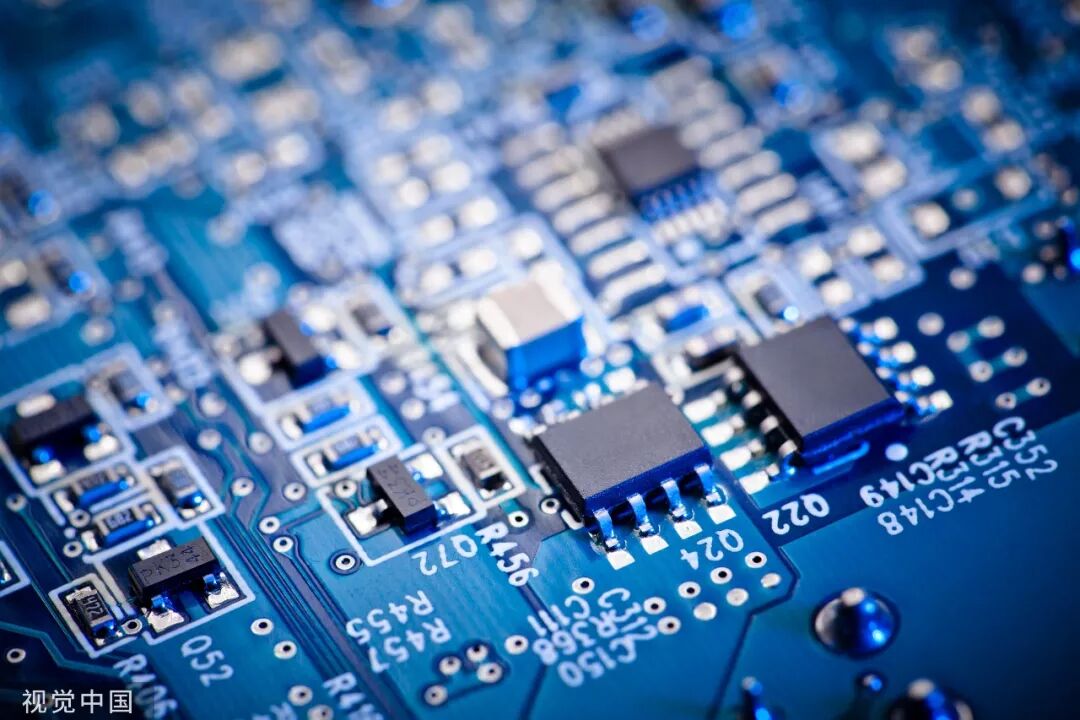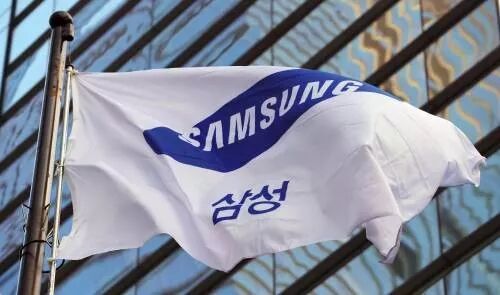According to Taiwanese media, recently, the United States has been pressuring mainland Chinese companies in the technology sector, which has made South Korea realize the urgency of achieving self-sufficiency in the electronics industry, especially in the critical semiconductor sector. In response, South Korea is quietly gearing up to seize market opportunities.
As reported by Taiwan’s Wang Bao on June 19, compared to the U.S. focus on the integrated circuit design segment, which has the highest technological content and added value in the global semiconductor industry, South Korea primarily relies on the development strategies of large enterprises and conglomerates to concentrate efforts on capturing the memory market. In this context, South Korea maintained a global market share of over 80% in mobile memory during the first quarter of 2019.

The report states that South Korea hopes to strengthen its position as a major global semiconductor supplier by competing in wafer foundry and integrated circuit design segments, significantly narrowing the gap with the United States.
In other words, to effectively reduce excessive reliance on memory products and enhance the ecosystem for non-memory products, the South Korean government has announced the “System Semiconductor Vision and Strategy,” aiming to become the world’s leading wafer foundry by 2030 and increase its global market share in integrated circuit design to 10%. At the same time, the South Korean government is also training specialized semiconductor talent based on actual corporate needs to address potential talent shortages in the future.
The report introduces that in response to the South Korean government’s semiconductor development goals, Samsung and SK Hynix have also taken action, including Samsung’s announcement of its “Semiconductor Vision 2030.”
The South Korean government will also provide tax incentives to Samsung to expand its investment in wafer foundry business.

SK Hynix is expected to invest heavily to build the Yongin semiconductor industrial cluster. Additionally, to accelerate the promotion of its wafer foundry business, SK Hynix previously split its wafer foundry division to establish SK Hynix System IC. Furthermore, a new joint venture was established in the first quarter of 2019, marking the official commencement of SK Hynix’s investment in system semiconductors.
However, the report suggests that overall, South Korea will still require a considerable amount of time to achieve success in system ICs, while mainland China’s development in the semiconductor industry may also accelerate to address its current challenges.
Article edited by | Chong Shen
WeChat editor | Shan Zheng
WeChat review | Yang Ningyu
Open the Reference News client to see more foreign media information>>
